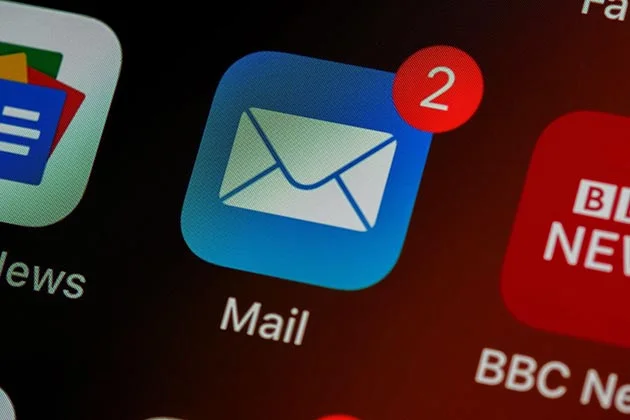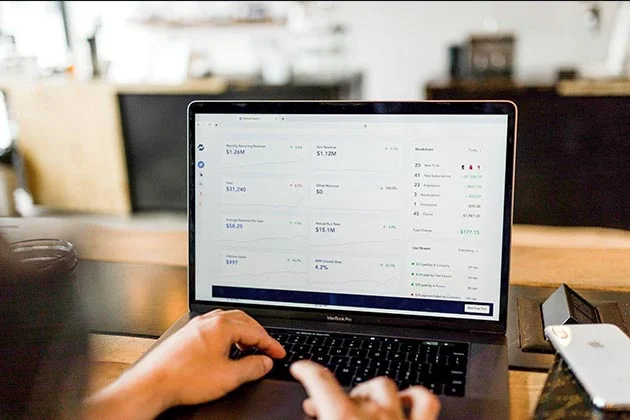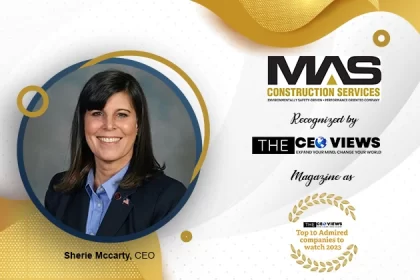SaaS companies are in the business of getting, retaining, and delighting their customers to be successful. It sounds simple, but it can be a challenging task. You want them to drive value from the moment they sign up for your product or service, but how do you make that happen?
It’s important to understand that people don’t buy products and services they don’t understand. Your onboarding process needs to make sense from the first moment. It should teach users about your product, set expectations, and make them feel like a valued customer who is an integral part of your company.
If you need help developing an onboarding checklist for your SaaS product, we’ve got you covered with this helpful guide. It includes a client onboarding checklist for your SaaS product. Before we get started with the checklist, let’s have a sneak peek into the basics:
Client onboarding and an example to idealize
Client Onboarding is a process that introduces your customers to your SaaS product. It helps new customers understand what your product or service does and how they can get the most value out of it.
To idealize a client onboarding strategy, you can check Appcue’s on the best SaaS onboarding example. It should teach them about the key features and benefits, provide guidance on how to use the product, and make them feel confident in their purchase decision.
Client onboarding checklist for your SaaS product
It’s easy to overlook the small details when developing your onboarding process. If you want to drive customer value and be successful in your SaaS company, you need to consider every detail.
It’s important to think about what will happen at the very first moment a user signs up for your product or service. You want them to have an enjoyable experience as they get started with your service so they’ll keep coming back again and again.
Here is the client onboarding checklist:
1. Have you included a welcome email?

You want your customer to feel welcomed and valued right away. That’s why you want to start with a welcome email. This is the perfect way to introduce your SaaS product to them, give them some useful information about the product, and get them excited about the wonders your product can do.
2. Have you shown them how your product solves their problems?

Once they’ve signed up, you need to show them how your product solves their problems and teach them how it works. You have to be careful about this step as it makes all the difference in terms of driving value from the first moment. You should use video tutorials or interactive demos because these are more powerful than written instructions alone.
3. Have you set expectations for the customers?

It’s important to set expectations and give value from the first moment. If you don’t, your customer will feel like they wasted their time signing up for your product or service.
The best way to do this?
Offer a free trial. Let them experience the power of your product before asking for any payment information.
If you have enterprise level software and are having a hard time getting signups, think about creating a free trial that is specially designed for newbies or beginners so users can get acclimated with the product.
Consider adding features in the trial that show off the power of your SaaS product to help users see what they are missing out on if they don’t sign up with your company. This will motivate them to take advantage of your offer and invest in it right away.
4. Have you included a tour of your app?
It’s important to show your new customer what your app does and how it can help them. One of the best ways to do this is with a tour of your app.
Imagine walking into a shopping mall and not knowing where anything is. It would be frustrating, right? You might end up spending more time than you intended just trying to find everything you need. That’s exactly what would happen if you didn’t include a tour in your onboarding process.
Users will feel lost and frustrated if they don’t know what to do or where to go once they sign up for your product. A tour will help them get comfortable with the interface and make it easier for them to use the product or service on their own.
5. Have you set a clear goal with each step?

Clear goals with each step will help you focus on what’s important and avoid mistakes like overwhelming users with too many concepts at once.
For example, let’s say your SaaS product is a CRM, then your goal should be to get them up and running as quickly as possible. When they see that they don’t need to set up their CRM from scratch, they will feel like they accomplished something already and will continue completing their onboarding flow.
Conclusion
By considering the questions in the above-mentioned checklist and more, you can create an onboarding strategy that covers all the necessary bases to ensure your users have the best possible first experience with your product.
The benefits don’t stop there. Your checklist will also ensure that your team isn’t repeating tasks and spending too much time on low-value activities. It will help create a streamlined process that provides value, as soon as possible.
While it may seem like a daunting task to create a client onboarding checklist, it doesn’t have to be. You can start with the client onboarding checklist provided in this article to optimize your onboarding strategy.
––––––––
Author’s bio

Saifullah Napar is a content writer working in this field for the past three years. He has been writing on topics such as business technology, blockchain, fintech, and digital marketing. (LinkedIn)









